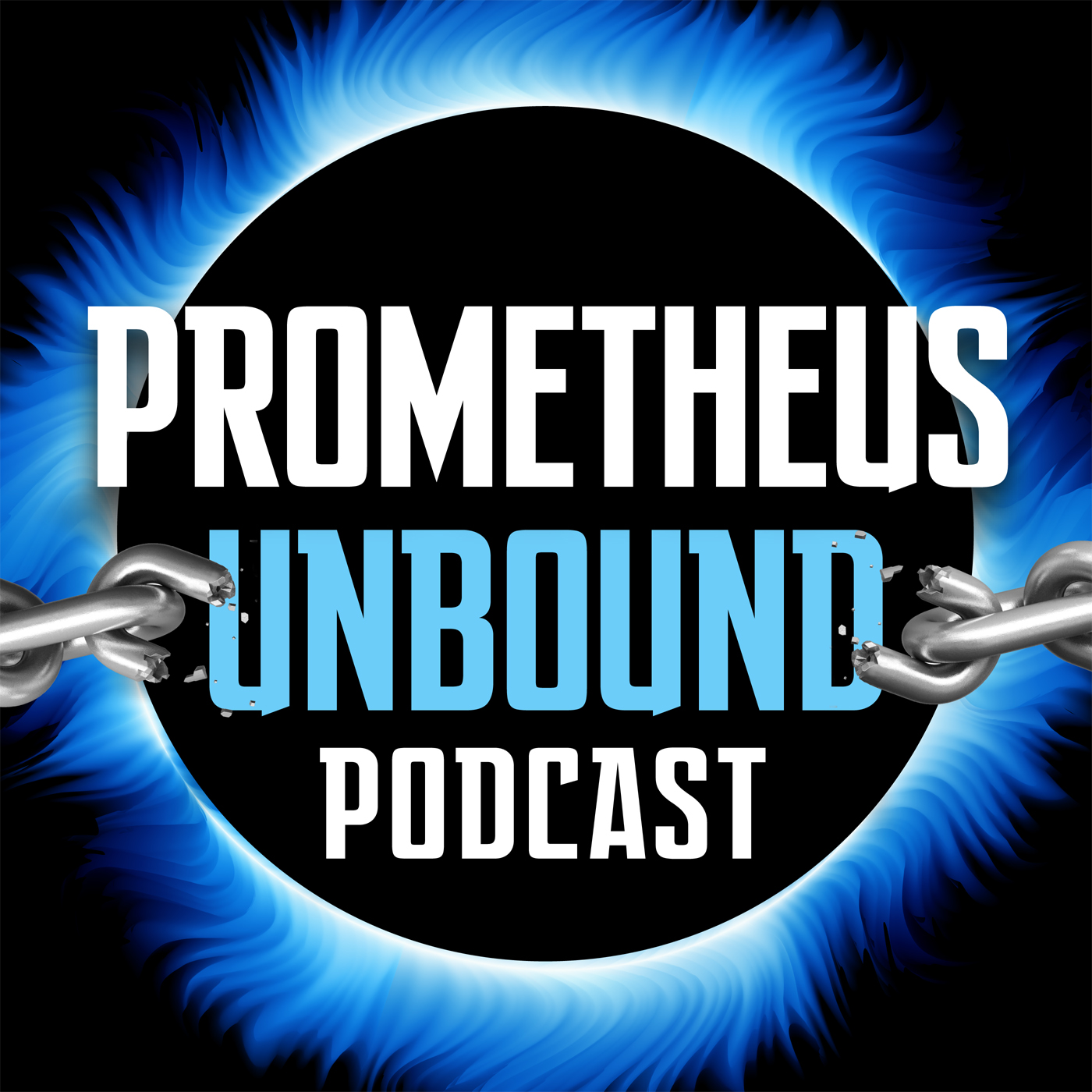THE LIBERTARIAN TRADITION PODCAST | Robert A. Heinlein

b'
\\n\\t
\\n\\tRobert Anson Heinlein (1907\\u20131988)
\\n
\\nIn this episode of the Libertarian Tradition\\xa0podcast series, part of\\xa0the Mises Institute’s online media library,\\xa0Jeff Riggenbach discusses\\xa0the life of Robert Anson Heinlein (1907\\u20131988), author of The Moon Is a Harsh Mistress and many other wonderful novels and short stories, and addresses the question of whether Heinlein was a libertarian.
\\nYou can also read the transcript below:
\\nWhen Robert Anson Heinlein died 22 years ago this month, in Carmel, California, at the age of 80, the wonder of it all was that he had managed to live as long as he did. Heinlein, who was born in 1907 in Butler, Missouri, a small town about 65 miles south of Kansas City, had been in poor health for most of his adult life.
\\nHis family had connections with the powerful Pendergast political machine, the outfit that later put Harry Truman in the US Senate, but Heinlein still had to spend his freshman year in a two-year Kansas City “junior college” \\u2014 what today we would call a “community college” \\u2014 before the Pendergast machine was finally able to wrangle him an appointment to Annapolis. After graduating from the naval academy in 1929 with a degree in mechanical engineering, Heinlein went to sea as an officer. But in his fourth year of active duty, he contracted tuberculosis and was honorably discharged \\u2014 retired, really, with a small pension \\u2014 after a lengthy hospitalization at Navy expense.
\\n
\\nIt was now 1934, the depths of the Great Depression. Robert A. Heinlein was 27 years old and living in Los Angeles, where the Navy had sent him upon his graduation from Annapolis five years before. He applied for admission to graduate school in physics and mathematics at UCLA, was accepted, and enrolled in classes there. But he dropped out after only a few weeks, partly for reasons of his still-precarious health, partly because he had become interested in politics and wanted to devote his time to working for Upton Sinclair’s gubernatorial campaign instead of studying math and physics.
\\nSinclair was an outspoken and self-identified socialist, whose campaign as the Democratic nominee for governor of California in 1934 was an outgrowth of his EPIC movement. “EPIC” was an acronym for End Poverty in California. In Sinclair’s words, the EPIC
\\nmovement propose[d] that our unemployed shall be put at productive labor, producing everything which they themselves consume and exchanging those goods among themselves by a method of barter, using warehouse receipts or labor certificates or whatever name you may choose to give to the paper employed. It asserts that the State must advance sufficient capital to give the unemployed access to good land and machinery, so that they may work and support themselves and thus take themselves off the backs of the taxpayers. The “EPIC” movement asserts that this will not hurt private industry, because the unemployed are no longer of any use to industry.
\\nRobert A. Heinlein worked for Sinclair’s campaign in 1934 \\u2014 it won a little more than a third of all the votes cast in the election \\u2014 then stayed with the EPIC movement for a few more years. He became a staff writer for, then editor of, the\\xa0EPIC News, the movement’s flagship publication, with a paid circulation of two million. Having discovered what seemed to be a natural bent for writing,'